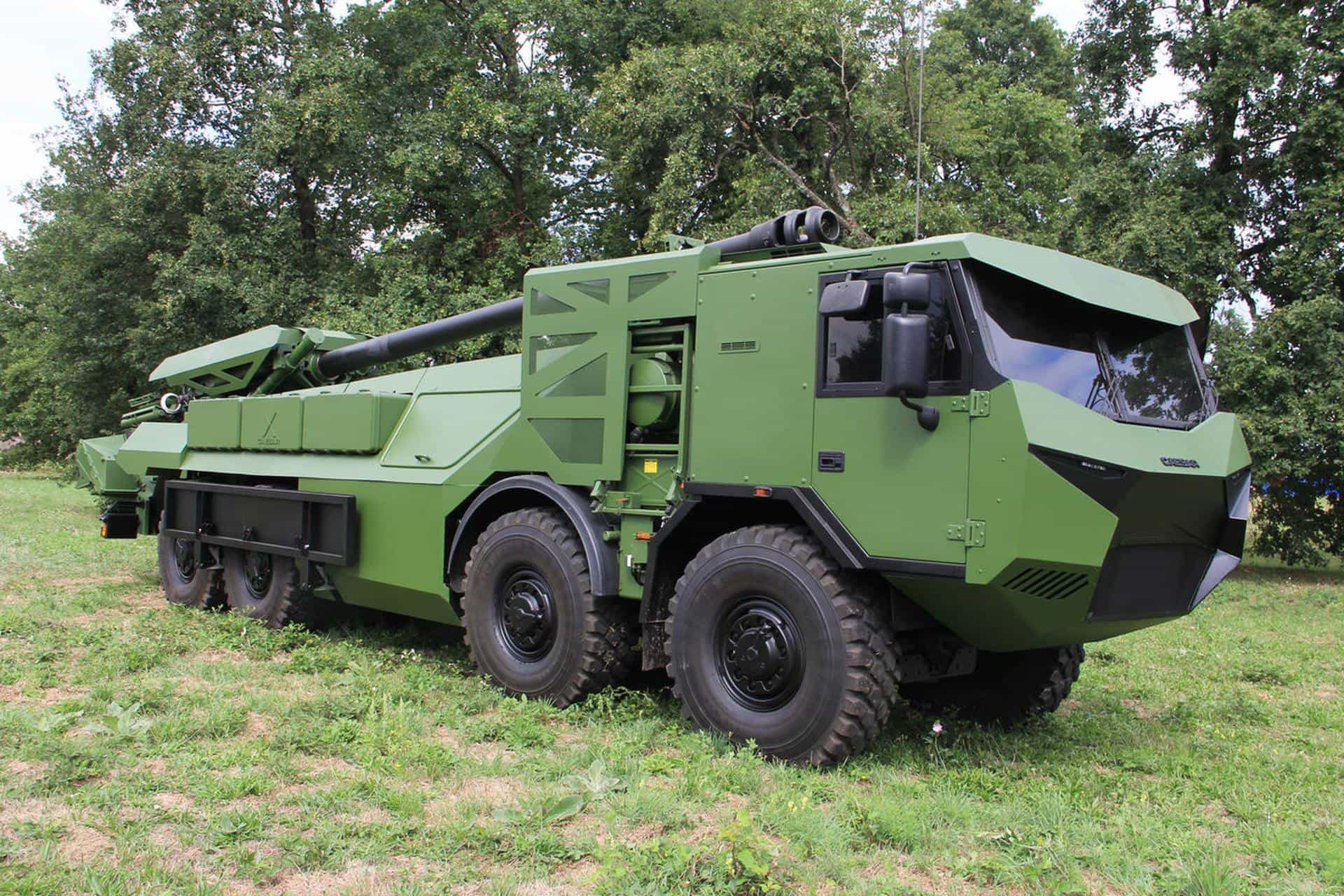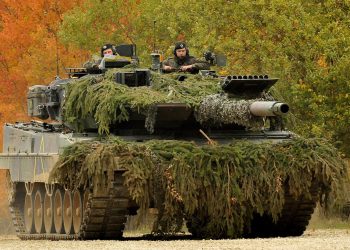WASHINGTON: Pilferage and a lack of coastal waterways are two of the problems faced by Army logisticians in Afghanistan.
In Afghanistan, operations continue to be challenged by the fact the country is landlocked, said Maj. Gen. Robert Radin, the deputy for Army G-4 operations, during a presentation, Sept. 15, at a military logistics conference in Fairfax, Va.
Right now, the Army uses two land routes to move material into the country, one from the north through Georgia, over the Caspian Sea, then through Kazakhstan and Uzbekistan. From the South, the Army uses a route through Pakistan, originating from the port city of Karachi. In-country, logisticians depend on overtaxed Army rotary-wing aircraft to move goods to their end users.
“A testament to our aviation fleet is how many hours our rotary-wing aircraft continue to fly, greatly exceeding what we do in the United States,” Radin said.
In the United States, cargo helicopters like the CH-47 Chinook fly 20-25 hours a month. In Afghanistan, it’s between 60-80 hours each month. That’s three to four times more each month than what’s done in the States, Radin said.
“But we continue to exceed readiness rates,” he said.
The general said the Army is working with the Air Force to use fixed-wing assets to help move cargo from one airfield to another in country “to take some of the weight, some of the… hours off of our rotary-wing aircraft so we can continue to use our rotary-wing aircraft to go the last tactical mile.”
Also in country, the Army is benefiting from the “Ring Road” that provides a circular route through the country between its major cities. The United States contributed to the repair of that road.
“As we started building the Ring Road around Afghanistan, we considered success to be being able to do 1,000 meters a day of road building,” he said. “As we continued to improve the trafficability in that country, we greatly affect our ability to sustain operations there.”
The general also said that as transportation infrastructure in the country continues to improve, not only will Army operations be affected, but so will the Afghan economy and quality of life.
“One of their big challenges they have is with distribution,” he said. “If I recall correctly, somewhere between 40 to 60 percent of their agriculture products spoil because they cannot get the product to market or they cannot put it in refrigeration capability fast enough in order to maintain it to get it someplace that they can sell.”
Still the Army is challenged with distribution in Afghanistan, he said. Lethal cargo supplies have to be flown in. Non-lethal supplies, including building supplies, can be brought in with either the northern or southern distribution routes. Challenges include both bringing material into the country and also distributing it throughout the country.
“Until recently we had no truck companies in Afghanistan,” he said. “We relied purely on commercial solutions for distribution.”
Now, he said, with the plus-up of manning in the country, there’s capability in country to move goods.
Combating pilferage — theft of supplies — has also been a problem for the Army. One example is when moving fuel. The Army found that some of the fuel was being taken and resold on the market. Fuel trucks had been fitted with internal tanks to take advantage of the fact that fuel was being metered into the tankers, but not being metered as it was offloaded. That allowed transporters to keep what remained in the internal tank.
“(There are) a very enterprising group of people over there,” he said. “The way we got after this was metering the fuel on both ends — and then paying them for what was delivered.”
Also, he said, materials other than fuel have been taken in transport. Cargo containers, for instance, were sometimes found to have been opened and items taken. A solution to that was to put locks and seals on containers. In some instances, containers had been cut open, the items inside removed and replaced with sandbags, and then the ends were welded back on and the container painted.
The Army now uses sensors and tracking devices that help it keep track of material in transit, and is working to develop even more secure methods to combat pilferage as it moves through the distribution networks.
The general also discussed the drawdown in Iraq, and its challenges to Army logistics. Radin said reviews of the Army’s efforts there to accomplish the drawdown have been good — in particular from the Government Accountability Office, which he said is a tough critic of the Army.
“One of the most unusual things we’ve had most recently with us in logistics is the number of GAO reports on operations that we do, associated with the drawdown, saying that the Army is doing that very well,” he said.
The GAO, he said, tends to be “very critical” of Army efforts, and that there have been some concerns from the agency. But largely, he said, the GAO has acknowledged the Army had a drawdown plan, that it has executed most of that plan, and that the Army followed through with what it said it would do.
“It was very easy for the Army to respond to that report, because we said the Army agrees with what GAO said,” Radin told the conference participants.
In the drawdown objectives, he said the Army attempted to achieve six targets for cargo movement, but fell short on two of those. The Army fell short on moving about 1,000 short tons of ammunition, for example. He said that’s about eight containers, and that it’s “not that challenging” to rectify that problem.
Overall, Radin said, logistics efforts in Iraq with the drawdown have been successful.
“The drawdown work in Iraq has gone very well and we are over the hump for at least this first piece of that and we can see that as vehicles are now just trickling out, as opposed to between 2,000-3,000 vehicles a month being shipped out of theater, we’re now down to about 1,000 leaving Kuwait and hundreds coming out of Iraq.”










